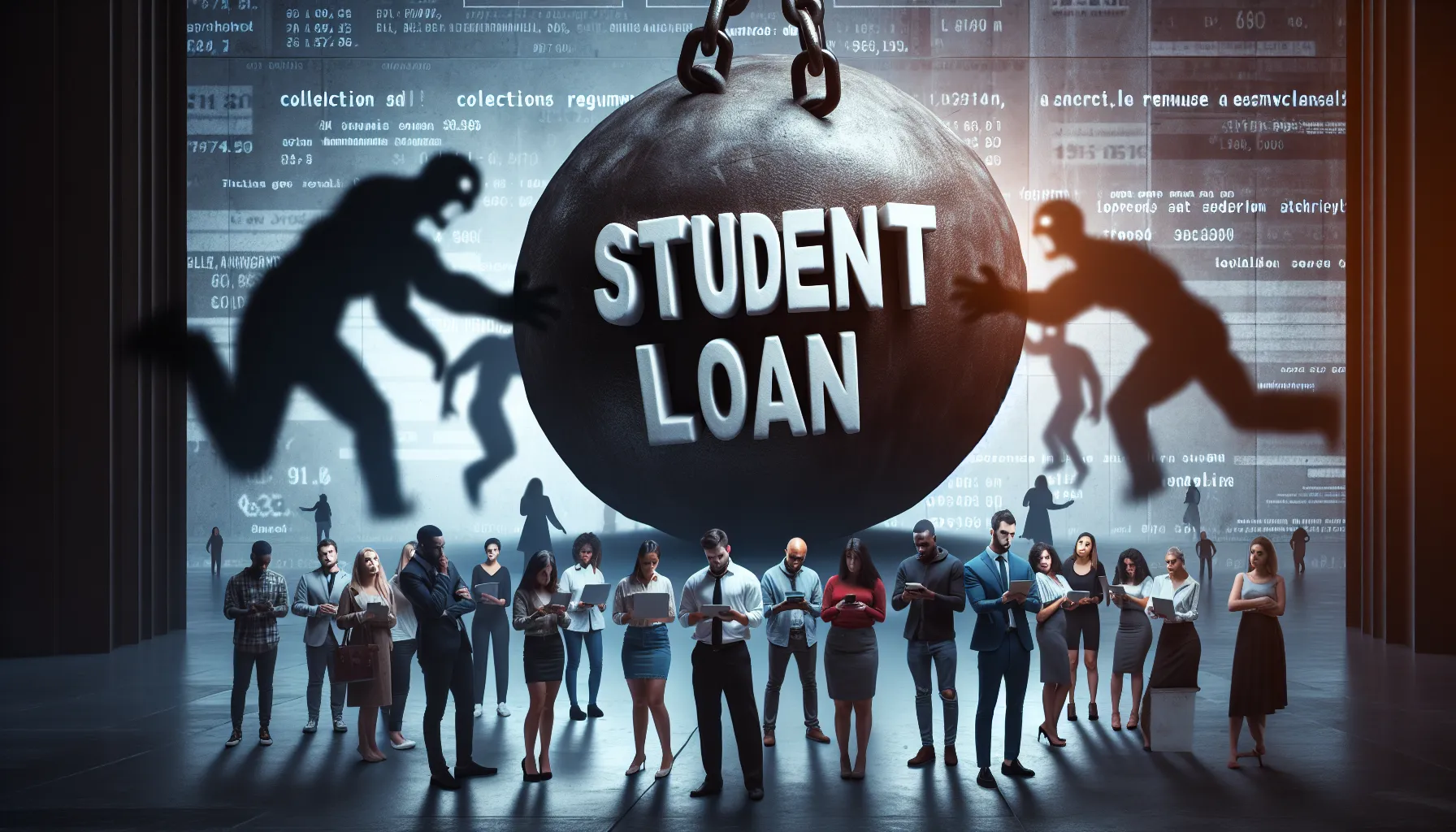
Student loan borrowers face mounting pressure as delinquency rates have reached unprecedented levels. The federal government has now resumed collections on defaulted accounts, adding to the financial strain experienced by millions of Americans.
This critical development comes at a particularly challenging economic moment. Potential steep tariffs threaten to drive up the cost of living, which is already elevated for many households nationwide.
Rising Delinquency Rates
The percentage of student loan borrowers falling behind on their payments has climbed to a record high. This surge in delinquencies signals growing financial distress among those with educational debt, many of whom may be struggling with multiple financial obligations simultaneously.
Financial experts point to several factors contributing to this trend, including inflation, housing costs, and stagnant wages in specific sectors. For many borrowers, monthly student loan payments compete with essential expenses like housing, food, and healthcare.
Federal Collections Restart
After a multi-year pause, the federal government has reactivated its collection efforts on defaulted student loans. This means borrowers who have fallen significantly behind on payments may now face:
- Wage garnishment
- Tax refund seizures
- Offset of Social Security benefits
- Additional collection fees
The resumption of collections represents a significant shift in federal student loan policy following the pandemic-era payment pauses, temporarily relieving millions of borrowers.
Economic Context and Tariff Concerns
The timing of these student loan developments is particularly problematic given the broader economic landscape. Proposed tariffs on imported goods could push prices even higher for American consumers.
Economists warn that new tariffs would likely increase costs across various sectors, from electronics and clothing to food and household goods. For student loan borrowers already struggling to make payments, any additional inflation could push more into delinquency or default.
One economic analyst tracking these trends notes that the combination of resumed student loan payments, active collections, and potential price increases from tariffs creates a perfect storm for financially vulnerable households.
Impact on Household Finances
For many Americans, student loan payments represent a significant monthly expense. The average borrower pays between $200 and $300 monthly toward their student loans, though many face much higher payments.
With the cost of housing, food, and healthcare already straining budgets nationwide, the renewed focus on student loan collections may force difficult financial decisions for millions of households.
Financial counselors report an uptick in clients seeking help managing student loan debt alongside other financial obligations. Many borrowers are unaware of income-driven repayment options or other programs that might provide relief.
The current situation highlights the complex interplay between educational financing, government policy, and broader economic conditions. As delinquency rates continue to climb, policymakers face mounting pressure to address what many consider a crisis affecting multiple generations of Americans.
With economic uncertainties on the horizon and collection activities ramping up, student loan borrowers may need to seek out assistance programs and financial guidance to navigate this challenging period.











Deanna Ritchie
Editor-in-Chief at Calendar. Former Editor-in-Chief, ReadWrite, Editor-in-Chief and writer at Startup Grind. Freelance editor at Entrepreneur.com. Deanna loves to help build startups, and guide them to discover the business value of their online content and social media marketing.